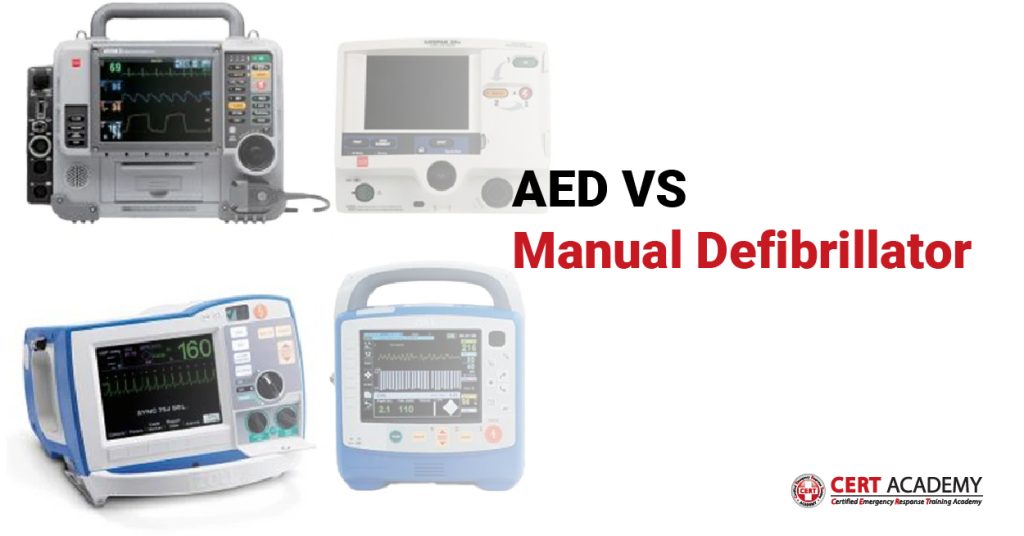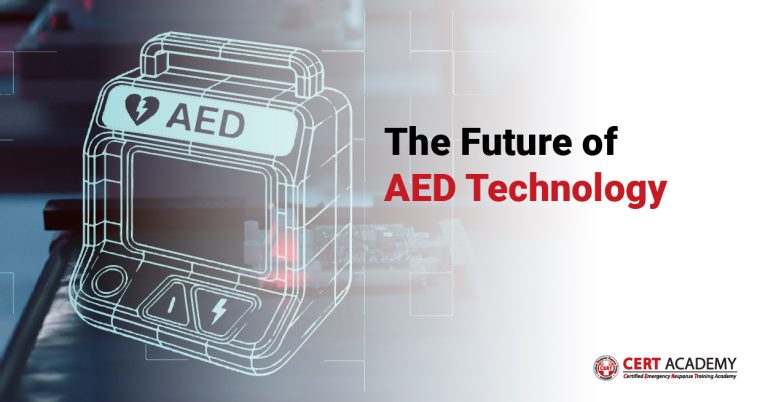Call Us +603-8066 8665
AED Device vs. Manual Defibrillator: Which one do you need?
When it comes to cardiac emergencies, the choice between an AED Device (Automated External Defibrillator) and a manual defibrillator can be critical. Both devices are designed to restore a normal heart rhythm in cases of sudden cardiac arrest (SCA), but they serve different purposes and are intended for different users.

AED Device: Simplicity and Accessibility
An AED Device is designed for ease of use, making it accessible to the general public, first responders, and individuals with minimal medical training. These devices are fully automated or semi-automated and provide voice and visual prompts to guide users through the defibrillation process. The AED Device analyzes the heart’s rhythm and determines whether a shock is needed, ensuring that only appropriate shocks are delivered.
One of the key advantages of an AED Device is its rapid deployment in emergency situations. Since sudden cardiac arrest can be fatal within minutes, quick access to an AED Device significantly improves survival rates. Many public spaces, such as airports, schools, and malls, are equipped with these devices to ensure that bystanders can intervene effectively before medical professionals arrive.
Manual Defibrillator: Precision for Medical Professionals
Unlike an AED Device, a manual defibrillator is a sophisticated tool used primarily by trained healthcare providers, such as paramedics, doctors, and nurses. This device allows for manual interpretation of the heart’s rhythm and requires the operator to determine whether defibrillation is necessary. Instead of automated analysis, the user must set the energy level and deliver the shock manually.
Manual defibrillators are typically found in ambulances, hospitals, and intensive care units, where skilled personnel can monitor patients and provide precise interventions. While manual defibrillators offer more control, they require significant expertise, which makes them unsuitable for public use.
Key Differences
- Ease of Use – An AED Device is designed for laypersons, whereas a manual defibrillator requires medical training.
- Automation – The AED Device automatically detects heart rhythms, while a manual defibrillator requires user interpretation.
- Availability – AED Devices are widely accessible in public places, whereas manual defibrillators are primarily found in medical settings.
In conclusion, an AED Device is a life-saving tool that bridges the gap between the onset of sudden cardiac arrest and professional medical intervention. While manual defibrillators offer advanced capabilities, the widespread availability and ease of use of an AED Device make it an essential tool in emergency preparedness.



